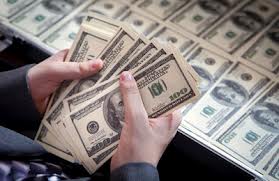The Federal Reserve’s quantitative easing has proven to be effective at offsetting the blow to the economy from tighter fiscal policy. This is according to economists who have increased their growth forecasts.
Economists feared that the automatic spending cuts and tax increases could derail the economic growth in the first quarter. But the recent economic data showed the economy was not affected at all and they pointed to the Fed and its stimulus program.
Economists said that if it were not for the Fed’s monetary stimulus, the economy could have a growth rate of 1 percent or even less. Some analysts expect growth to be at 2.5 percent rate in the first quarter. The Fed held interest rates at a 2.5 at near zero since December 2008. It has injected around $2.5 trillion into the economy by buying Treasury debt and mortgage-backed bonds in order to boost growth and decrease the unemployment rate.
The Bank of England and the European Central Bank have bloated their balance sheets by injecting money into their banking systems. The Bank of Japan was the first central bank that implemented quantitative easing. It pledged to step up its fight against deflation.
In the United States, The Fed has made the economy better as it had to deal with the $85 billion in government spending cuts, higher tax rates for wealthy Americans, and the expiration of the 2 percent payroll tax cut. The stimulus gave a boost to the housing and autos sectors.
